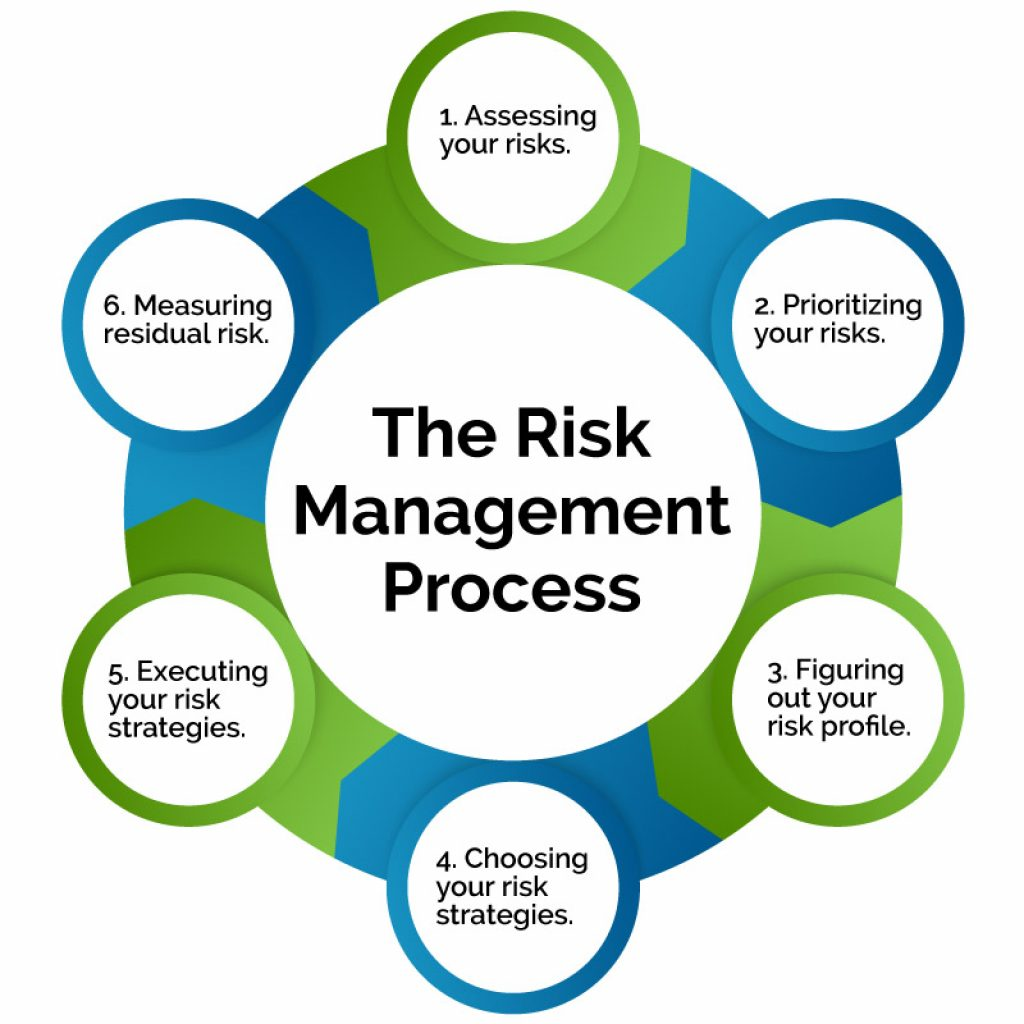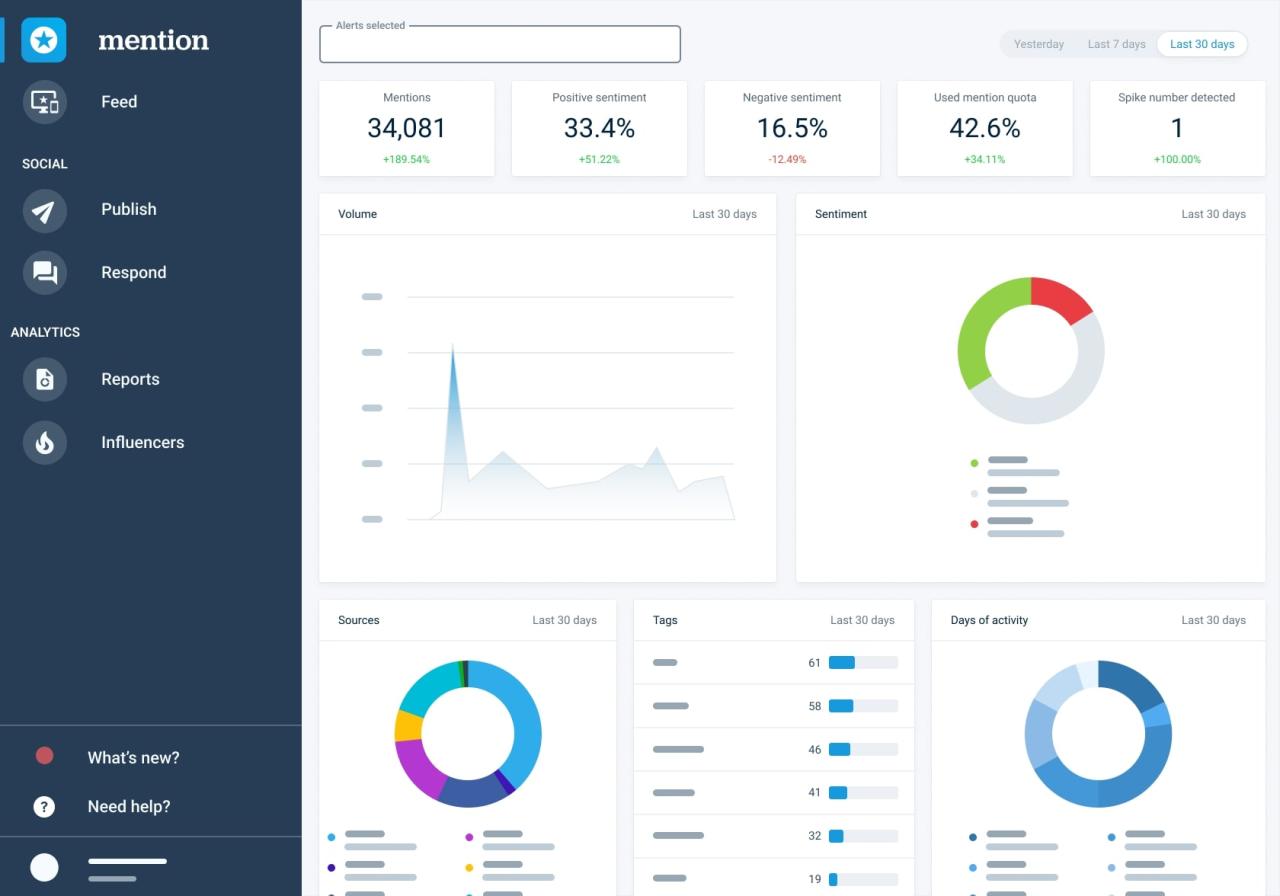Brand Reputation Management Techniques
Brand reputation management techniques empower businesses to navigate the digital landscape, protect their image, and foster lasting customer relationships. By understanding the nuances of online reputation, businesses can craft effective strategies that safeguard their brand’s integrity and drive success.
From monitoring brand mentions to leveraging content marketing, this comprehensive guide explores the essential techniques that shape and enhance brand reputation in the digital age.
Monitoring and Analysis
Monitoring your online reputation is crucial for understanding how your brand is perceived and identifying any potential issues. By tracking brand mentions and analyzing sentiment, you can stay ahead of any negative feedback or emerging trends.
Tools and Techniques for Monitoring Brand Mentions
- Google Alerts: Set up alerts for your brand name, variations, and related s to receive notifications whenever your brand is mentioned online.
- Social Media Monitoring Tools: Tools like Hootsuite, SproutSocial, and BuzzSumo allow you to monitor brand mentions across multiple social media platforms.
- Reputation Management Platforms: These platforms provide comprehensive monitoring and analysis capabilities, including sentiment analysis and detailed reporting.
Role of Social Listening in Reputation Management
Social listening involves monitoring online conversations to gather insights into customer sentiment and brand perception. By listening to what people are saying about your brand, you can identify areas for improvement and proactively address any concerns.
Reputation Response Strategy
Negative feedback can be a significant threat to a brand’s reputation. Developing a comprehensive response strategy is crucial for mitigating its impact and restoring trust.
Effective reputation response involves acknowledging and addressing negative feedback promptly and professionally. Apologizing for any inconvenience or harm caused, providing a clear explanation of the situation, and offering compensation when appropriate can help to defuse anger and demonstrate a commitment to customer satisfaction.
Apology and Explanation
A sincere apology can go a long way in calming down an angry customer and showing that the brand cares about their concerns. It’s important to avoid making excuses or blaming the customer, and instead focus on acknowledging the issue and expressing regret. A clear explanation of what went wrong can also help to defuse anger and restore trust.
Compensation
In some cases, offering compensation may be appropriate to make amends for the inconvenience or harm caused. This could include a refund, a replacement product, or a store credit. However, it’s important to be careful not to overcompensate, as this could be seen as an attempt to buy the customer’s silence.
Content Marketing for Reputation Management
Content marketing is a strategic approach to creating and distributing valuable, relevant, and consistent content to attract and retain a clearly defined audience and drive profitable customer action.
Content marketing can be a powerful tool for building a positive brand image and managing your reputation. By creating high-quality content that is relevant to your audience, you can establish yourself as a thought leader in your industry and build trust with potential customers.
Effective Content Formats for Reputation Management
- Blog posts: Blog posts are a great way to share your expertise and insights on topics that are relevant to your audience. They can also be used to address negative reviews or complaints.
- Articles: Articles are longer-form content that can be published on your website or in industry publications. They are a great way to establish yourself as an expert in your field.
- Infographics: Infographics are visual representations of data that can be used to make complex information more accessible. They are a great way to share statistics or other data that supports your brand’s claims.
- Videos: Videos are a powerful way to connect with your audience on a personal level. They can be used to share your company’s story, showcase your products or services, or provide customer testimonials.
- Social media: Social media is a great way to engage with your audience and share your content. It can also be used to monitor your reputation and address any negative feedback.
Authenticity and Transparency in Content Creation
It is important to be authentic and transparent in all of your content creation. This means being honest about your company’s strengths and weaknesses, and being willing to address negative feedback. By being authentic and transparent, you can build trust with your audience and show them that you are a company that they can trust.
Influencer Marketing and Reputation
In the digital age, influencers play a significant role in shaping brand reputation. Their vast reach and credibility can influence consumer perceptions and drive brand sentiment.
Influencer marketing campaigns can be highly effective in reputation management. When done right, they can amplify positive messages, address negative feedback, and build trust with audiences.
Selecting the Right Influencers, Brand reputation management techniques
Selecting the right influencers is crucial for successful reputation management. Consider their alignment with your brand values, their audience demographics, and their engagement rates. Conduct thorough research and due diligence to ensure they share your vision and are reputable in the eyes of your target audience.
Managing Expectations
Managing expectations is key to a successful influencer marketing campaign. Clearly define the campaign goals, deliverables, and timeline. Provide influencers with detailed briefs and regular updates to ensure they are aligned with your objectives. Foster open communication to address any concerns or adjustments as the campaign progresses.
Crisis Management and Reputation: Brand Reputation Management Techniques

Navigating a brand crisis requires a swift and strategic response to minimize reputational damage and maintain stakeholder trust. Here are the key steps involved:
Monitoring and Early Detection
- Continuously monitor brand mentions and social media sentiment.
- Establish a crisis communication plan and team.
- Train spokespeople on crisis management.
Communication and Transparency
- Acknowledge the crisis promptly and transparently.
- Provide accurate and timely information to stakeholders.
- Use multiple communication channels to reach audiences.
Accountability and Resolution
- Take responsibility for the crisis and apologize if necessary.
- Implement measures to address the root cause of the crisis.
- Communicate the steps taken to resolve the issue.
Evaluation and Learning
- Assess the effectiveness of the crisis response.
- Identify areas for improvement in future crisis management.
- Share lessons learned with stakeholders.
By adhering to these steps, companies can navigate brand crises effectively, protect their reputation, and maintain stakeholder trust.
Examples of Successful Crisis Management:
- Johnson & Johnson’s Tylenol Recall: In 1982, seven people died after taking cyanide-laced Tylenol capsules. Johnson & Johnson responded swiftly, recalling all Tylenol products, implementing tamper-proof packaging, and providing ongoing support to victims’ families.
- Toyota’s Unintended Acceleration Crisis: In 2009, Toyota faced allegations that its vehicles experienced unintended acceleration. The company responded by conducting a thorough investigation, implementing safety improvements, and communicating transparently with customers.
- Netflix’s Qwikster Crisis: In 2011, Netflix announced plans to split its streaming and DVD rental services into two separate companies, Qwikster and Netflix. The move was met with backlash from customers. Netflix quickly reversed the decision and apologized for the poor communication.
Measurement and Evaluation
Evaluating the effectiveness of reputation management efforts is crucial for organizations to optimize their strategies and achieve desired outcomes. Measuring key metrics and analyzing data allows organizations to assess the impact of their efforts and make informed decisions to enhance their reputation.
Several metrics can be used to measure reputation, including:
- Brand sentiment analysis: This involves analyzing customer feedback, social media mentions, and other online conversations to gauge the overall sentiment towards a brand.
- Website traffic and engagement: Monitoring website traffic, bounce rates, and time spent on site can provide insights into how reputation management efforts are affecting audience engagement.
- Search engine rankings: Tracking search engine rankings for relevant s can indicate how well reputation management efforts are improving visibility and online presence.
- Media coverage: Analyzing media coverage, both positive and negative, can provide valuable insights into how a brand is perceived by the media and the public.
Data analysis plays a critical role in improving reputation management strategies. By analyzing the data collected from various metrics, organizations can identify trends, patterns, and areas for improvement. This analysis enables organizations to:
- Identify areas where reputation management efforts are most effective and focus on scaling those efforts.
- Pinpoint areas where reputation management efforts are not yielding desired results and adjust strategies accordingly.
- Understand the impact of reputation management efforts on key business metrics, such as sales, customer acquisition, and employee morale.
Regularly measuring and evaluating reputation management efforts allows organizations to stay informed about their reputation, make data-driven decisions, and continuously improve their strategies to enhance their reputation and achieve business goals.
FAQ Overview
What is the importance of monitoring brand reputation?
Monitoring brand reputation helps businesses identify potential threats, address customer concerns, and proactively protect their image.
How can content marketing contribute to reputation management?
Content marketing allows businesses to showcase their expertise, build trust, and shape positive perceptions of their brand.
What role do influencers play in brand reputation management?
Influencers can amplify brand messages, enhance credibility, and reach new audiences, impacting reputation in both positive and negative ways.






